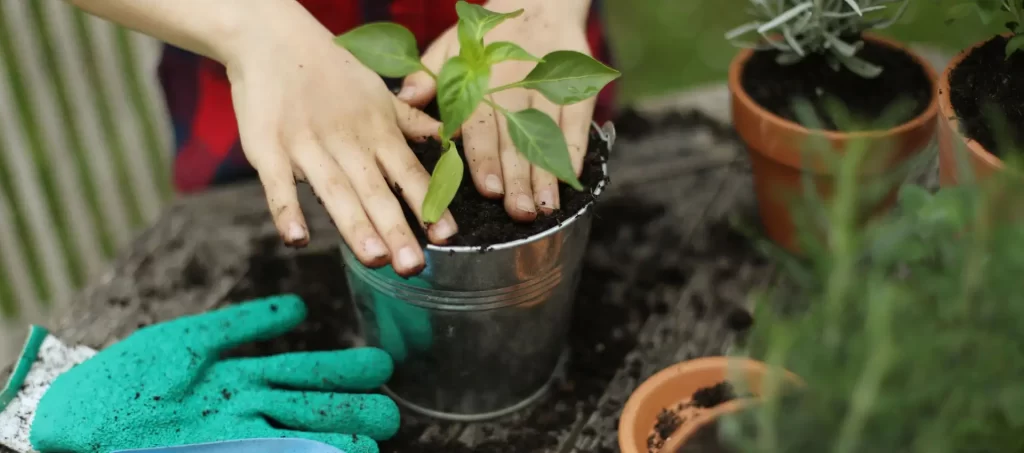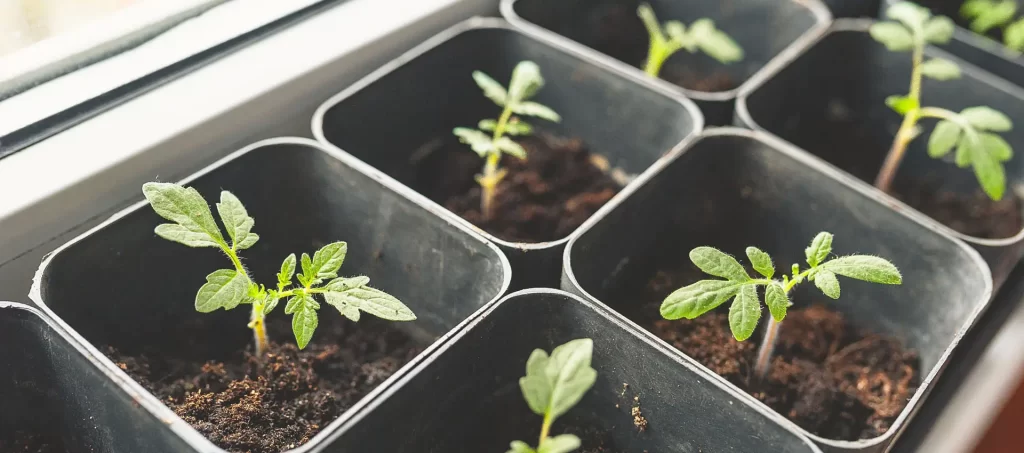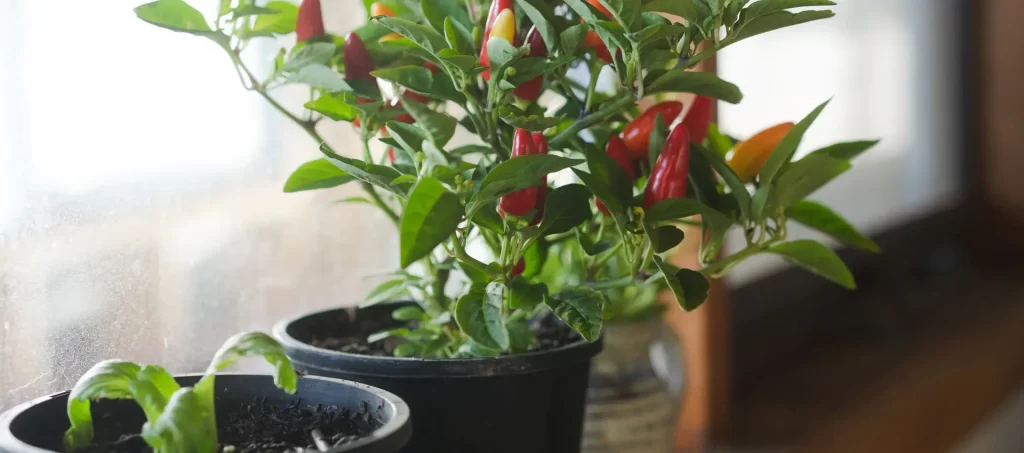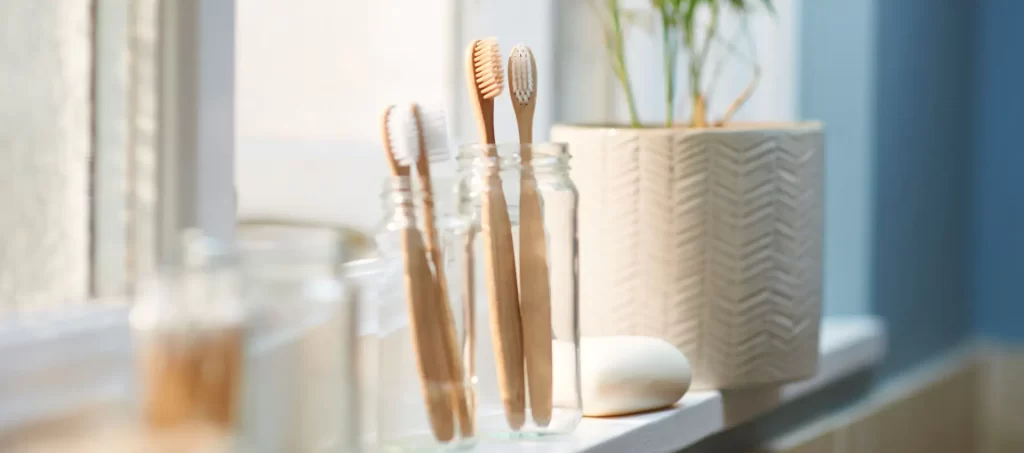5 Ways to Connect with the Green World

Gone from the natural world? Here’s how to reconnect—and why.
1. Daily walking to a green area
Going on a stroll is healthy for your physical and mental health, and doing it in a green area is even better. According to research done by the University of Aarhus in Denmark, having access to green areas as a youngster reduces the likelihood that they would grow up to have psychiatric disorders. According to the study, people who have less access to parks and forests are 55 percent more likely to experience sadness, anxiety, and substance addiction. Additionally, making the most of green spaces has other advantages. It has been discovered that people who stay longer experience more of the “psychological repair” they provide.
2. Planting in Pots

Of course, that might not be simple for everyone. For instance, a 2021 census in Great Britain discovered that 2.8 million residents were not conveniently close to a green area. Therefore, why not bring the outdoors—and all of its advantages—inside? According to one study, indoor plants can help elevate spirits, lessen stress, and even cut back on fatigue and headaches by 20 to 25 percent.
Additionally, they can be used to improve indoor settings. Mother-in-tongue, law’s which emits oxygen at night and is perfect for bedrooms, while peace lilies and Boston ferns, which lower the amount of mold spores in the air, are better suited for moist spaces like bathrooms. Areca palm and Bamboo palm were also mentioned in a NASA research on clean air because of how well they produce oxygen and filter the air.
3. Building a Home Herb Garden

Dinners can benefit from the addition of indoor greenery, provided that it comes from an indoor herb garden. For kids, it’s a fun approach to learn about plants because it gives them nine practical ways to do so. A basil, parsley, and oregano pizza herb garden might be appropriate if pizza is a family favorite. One of the simplest herbs to cultivate indoors is basil, which also has a wonderful aroma. It enjoys watering when the soil becomes dry, sunlight, and temperatures that are typically around 21 Celsius (70 Fahrenheit) or higher.
Maintaining herb gardens can assist to lower stress and enhance general mental health, just like caring for houseplants. Not to mention the benefit of always having fresh herbs on hand—a delicious way to stay connected to the natural world every day.
4. Foraging

Although Ollie Hunter, a chef and author, is a strong supporter of foraging, it may not be for everyone. “You’re getting into the countryside,” he says, “engaging with nature and the community, and finding food that has a different flavour.” From London to Copenhagen to San Francisco, there is even urban foraging.
But it’s crucial to do your homework and make sure the produce you’re picking is safe to eat!
5. Growing Your Own

But not everyone enjoys foraging. Growing your own food can help you get closer to the world of edible greens if you have the room. Online resources abound for novice gardeners, including this one from Gardeners’ World.
There are instructions for what to plant in pots or on windowsills if there aren’t any accessible outdoor spaces if space is limited. What could be more advantageous than having fresh vegetables conveniently close to the cutting board?
And, How eco-friendly is the bathroom?

Before starting to cook, it is probably best to take a good shower or bath after doing all the walking, foraging, pottering, and gardening. And what better way to connect with nature than to clean or soak in it while using plant-based personal care products?
Even pomegranate toothpaste and biodegradable bamboo toothbrushes are available! Shower gel made from grapefruit seed extract, bubble bath made from mango butter and coconut oil, and more!
Comment
Leave a Reply Cancel reply
You must be logged in to post a comment.





[…] Source link […]